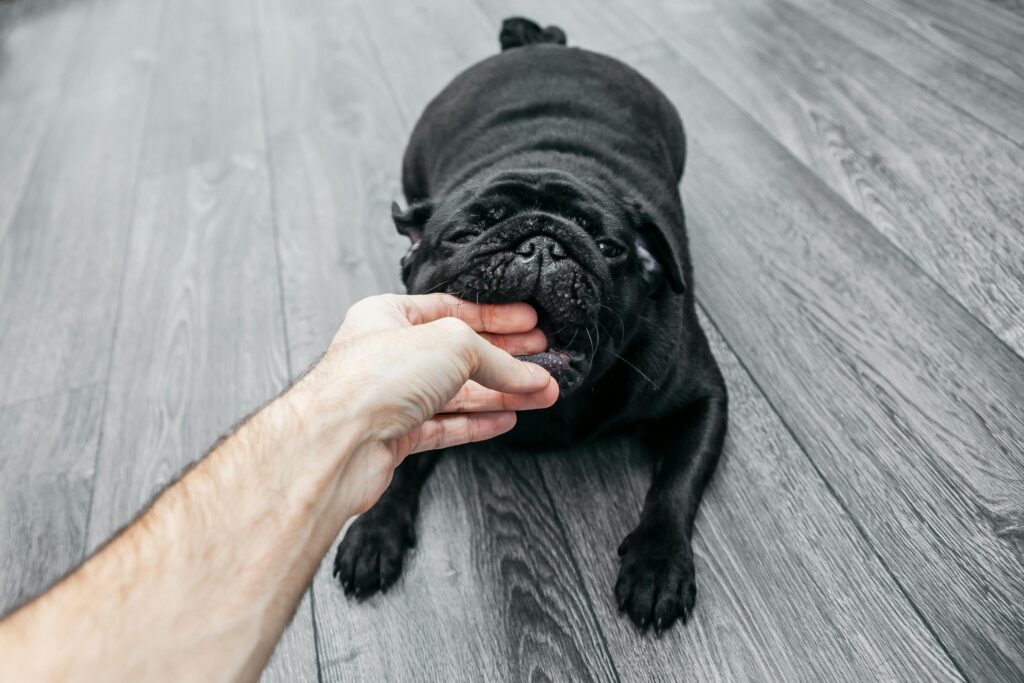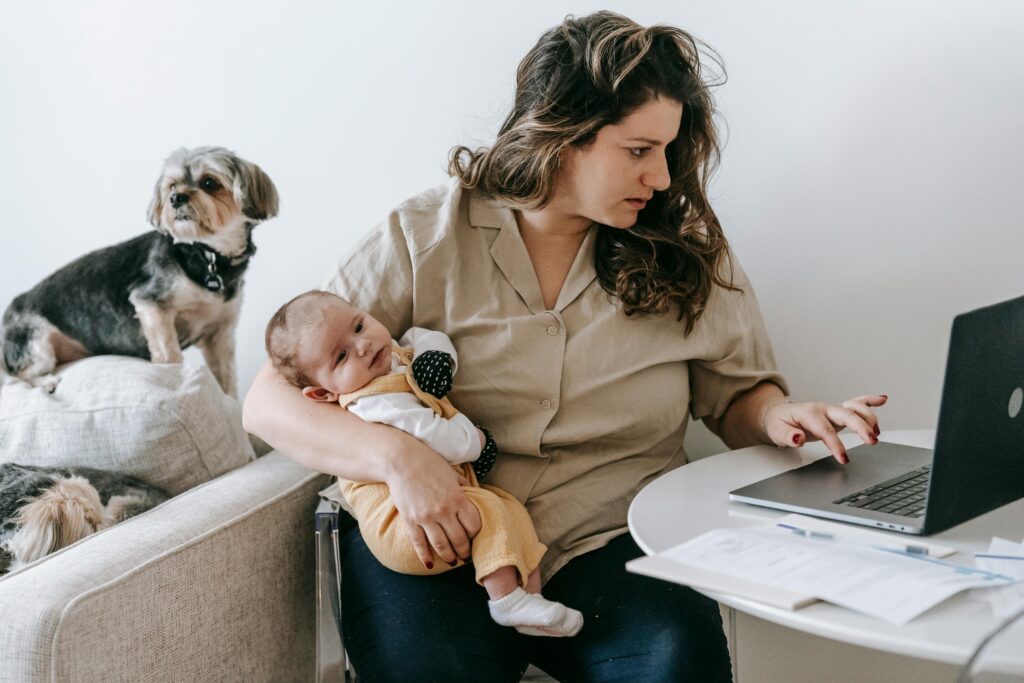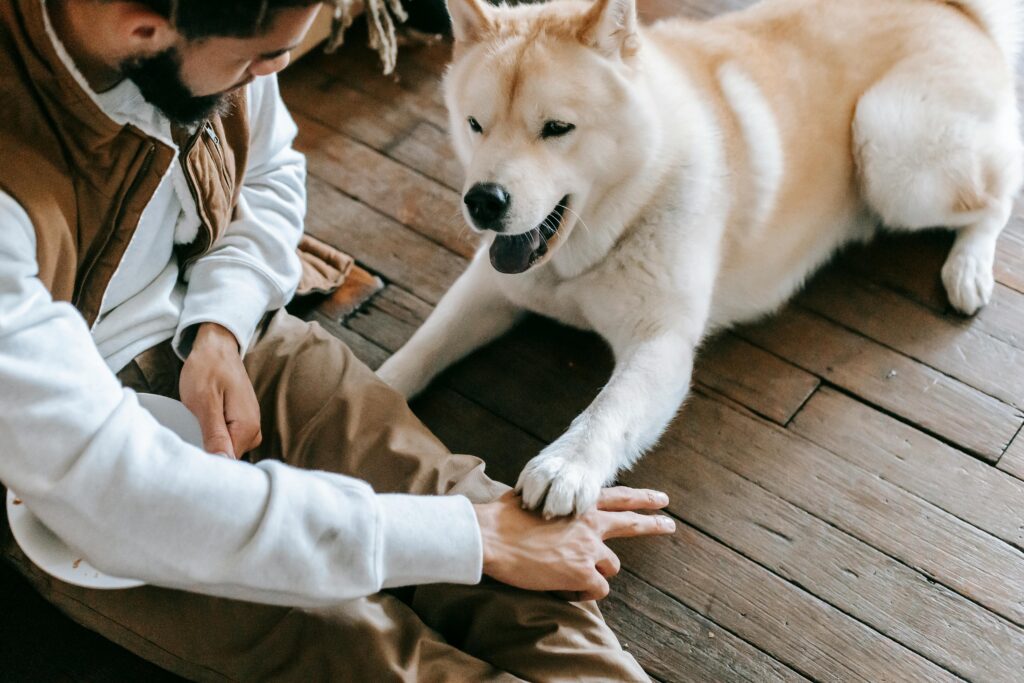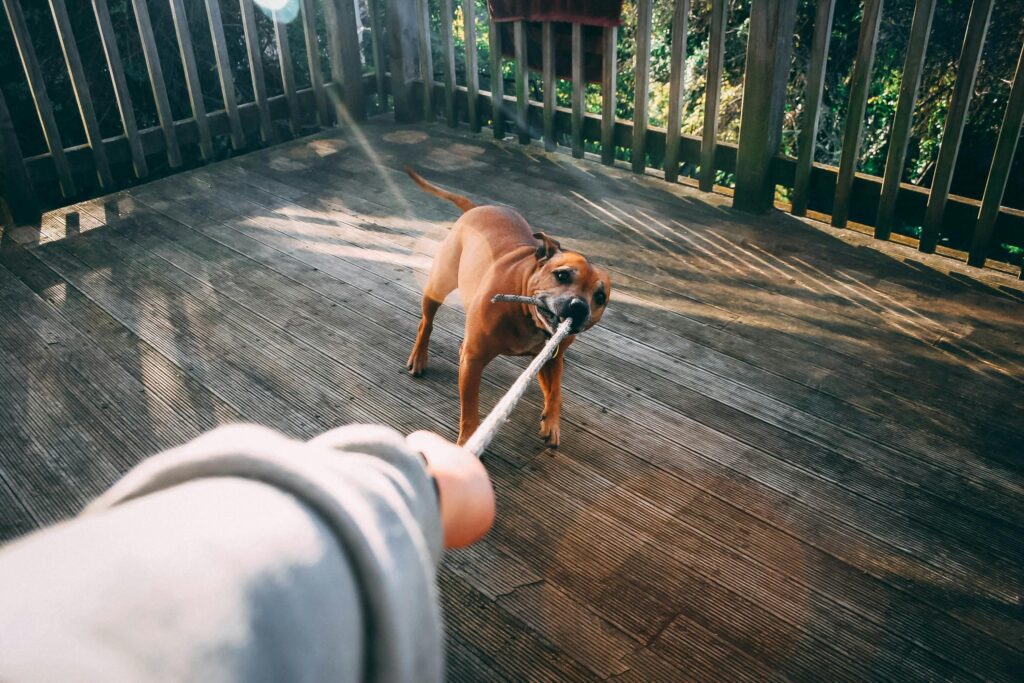Dogs are known for their loyalty and affectionate nature. It is one of the many reasons why they have earned the title of “man’s best friend.” When your dog follows you around everywhere you go, it might feel comforting and endearing. Many pet owners interpret this behavior as a pure sign of love and devotion. While that may often be true, there are times when a dog’s clingy behavior signals something more complex. Understanding what motivates your dog to stick so close to you is important for their wellbeing and your peace of mind.
Natural Bonding Behavior

To start with the obvious, dogs are social animals that naturally form bonds with their human companions. This behavior is partly instinctive, inherited from their wild ancestors. Wolves, the closest relatives of domestic dogs, live in structured packs and rely on group cooperation. Puppies follow their mothers closely, learning that staying near a trusted figure ensures safety and survival. As dogs grow and bond with humans, they often replicate that pack behavior.
Some breeds are also more inclined to shadow their owners due to their genetic makeup. Breeds like Border Collies, Labrador Retrievers, and German Shepherds are known to develop deep attachments and are more likely to become velcro dogs. These dogs thrive on companionship and are more emotionally sensitive. In such cases, a dog sticking close is a natural and healthy expression of attachment. However, this same behavior can also stem from negative emotions and unmet needs.
Anxiety and Insecurity

One of the most common reasons a dog may not leave your side is anxiety. Separation anxiety is a condition where a dog becomes extremely distressed when left alone. This distress can manifest in different ways such as barking, howling, pacing, destructive behavior, or even urinating indoors. However, one of the early signs of separation anxiety is a dog constantly staying close to its owner, as if trying to prevent separation from happening in the first place.
Dogs suffering from anxiety may feel unsafe or vulnerable when not in your presence. This behavior might have been triggered by a traumatic event, such as being rehomed, experiencing a natural disaster, or having a past filled with neglect. Sometimes, even a sudden change in the household, like the absence of another pet or a family member, can spark anxiety in a dog.
Insecurity can also arise in environments where a dog is not receiving consistent cues or training. When dogs are unsure about their place in the home or are not confident in their surroundings, they often look to their humans for reassurance. Constantly sticking by your side can be a way to seek comfort and guidance.
Boredom and Lack of Stimulation

Another possible explanation is simple boredom. Dogs need physical exercise, mental stimulation, and social interaction. If those needs are not met, a dog might cling to its owner in an attempt to find entertainment or purpose. Dogs may become overly attached when they do not have toys to play with, walks to enjoy, or commands to follow.
You might also notice that this behavior intensifies at certain times of day, such as in the evening when the dog has been alone or under-stimulated for most of the day. Dogs will often gravitate to the only source of excitement or interaction available, which is usually you. Over time, this can evolve into a pattern of clinginess that seems affectionate but is actually rooted in unmet needs.
Illness or Physical Discomfort

Dogs cannot verbally tell us when they feel unwell, so they often rely on subtle cues to communicate discomfort. If your dog suddenly starts staying close to you and this is out of character, it might be a sign of illness or pain. Conditions such as arthritis, internal injuries, or gastrointestinal issues can make a dog feel vulnerable.
In such cases, your presence might provide the dog with a sense of safety and support. This is particularly true for dogs who have learned to associate you with care and protection. Dogs in discomfort may also seek warmth, avoid movement, or look to their owners for signs that everything will be okay. A sudden change in clinginess should always prompt a visit to the vet, especially if it is accompanied by changes in appetite, energy level, or bathroom habits.
Learned Behavior and Reinforcement

Sometimes, your dog’s refusal to leave your side is something you may have unknowingly taught them. Dogs are excellent at associating actions with outcomes. If every time your dog follows you into a room, you reward them with a treat, attention, or praise, they quickly learn that staying near you leads to positive experiences.
This reinforcement may not be intentional. Simple acts such as petting your dog when they sit at your feet or offering food when they look needy can encourage the behavior to continue. Over time, this can result in a dog who follows you not out of affection, but because they expect something in return. This becomes problematic when it limits the dog’s independence or contributes to unhealthy attachment patterns.
Changes in the Environment

Dogs are highly sensitive to changes in their environment. Moving to a new home, bringing home a new baby, introducing a new pet, or even rearranging furniture can affect your dog’s sense of stability. During such transitions, dogs often stick closer to their owners in an attempt to cope with the unfamiliarity.
Dogs rely heavily on routine and predictability. When those are disrupted, staying close to you becomes a coping mechanism. If the clinginess coincides with a recent change in your life or household, it is worth considering whether your dog is reacting to stress or uncertainty.
Read More: 10 Dog Breeds Known for Self-Awareness and Unshakable Loyalty
Aging and Cognitive Decline

As dogs age, they may experience changes in their cognitive function similar to dementia in humans. This condition, known as Canine Cognitive Dysfunction Syndrome, can cause disorientation, confusion, and increased anxiety. Older dogs might suddenly become more dependent on their owners for reassurance and guidance.
You might notice your senior dog pacing, staring at walls, or getting stuck in corners. Along with these symptoms, they may become more anxious when left alone or when routine changes. Sticking to your side might help them feel grounded and less disoriented.
How to Respond to Clingy Behavior

If your dog’s constant companionship is bothering you or raising concerns, it is important to respond in a thoughtful way. First, try to identify the underlying cause. Observe when the behavior occurs most often and whether it has changed recently. Consult a veterinarian to rule out medical conditions. If anxiety seems to be the issue, consider working with a professional trainer or animal behaviorist.
Creating structure and independence for your dog is crucial. Teaching commands like “stay” and encouraging time spent alone with toys or in a safe space can build confidence. Gradually increasing the time your dog spends away from you in a calm and positive way can reduce separation-related behaviors.
Also, make sure your dog’s physical and emotional needs are met. Daily exercise, interactive toys, social playtime, and consistent routines go a long way in preventing clinginess driven by boredom or insecurity.
Read More: 7 Dog Breeds Known for Exceptional Intelligence and Memory
Conclusion

While it is easy to interpret a dog’s refusal to leave your side as a sign of unwavering love, the truth can be more complicated. Your dog might be anxious, unwell, bored, or simply responding to learned habits. Understanding the root of this behavior is the first step in ensuring your dog is happy, healthy, and secure. As a pet owner, paying attention to the motivations behind your dog’s actions helps strengthen the bond you share while promoting a balanced and rewarding relationship for both of you.
Disclaimer: This article was created with AI assistance and edited by a human for accuracy and clarity.

